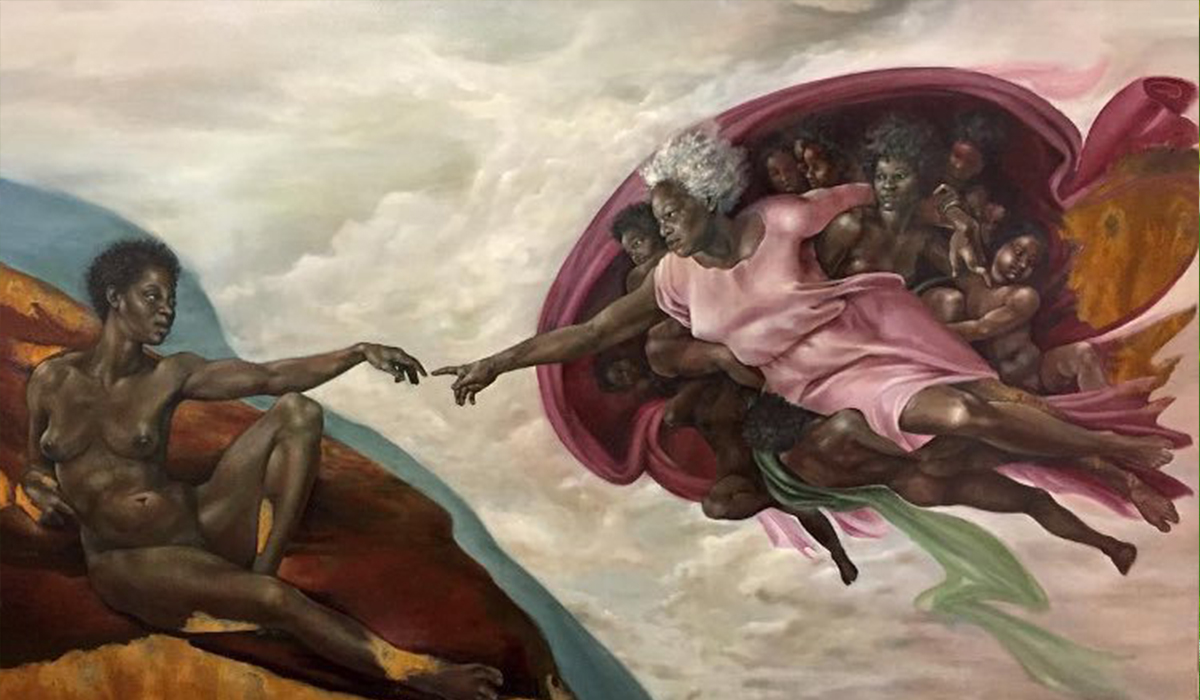History affects how we view the world around us, and how we view ourselves. When the only representation of people of colour (POC) in a historical context is as enslaved people or service staff, we’re really doing everybody a disservice. First of all, that representation is incorrect. Second, it’s incorrect. If Game of Thrones (and several movies with a similar theme) use the argument that there were no POC in Europe during the middle ages as an excuse to only feature white actors, then might I repeat, they’re incorrect.
But how can they, and anybody else, know better if the only stories told from history are that of white men? I mean, take a walk through any history museum, or flip through the pages of any history book, and these ideas of the past will be confirmed. The fact is though, that medieval Europe was a melting-pot of cultures, ethnicities and religions. Was there discrimination, inequality and conflict? Yes. But our ideas of “race” have changed drastically over time and medieval people did not think about ethnicity the same way we do today. Let’s not forget that to a large extent, it’s the ideas of 19th century historians that have cemented what we learn about history today. And the 19th century wasn’t exactly too woke about intersectionality.
What it all comes down to is what we choose to highlight and celebrate from the past. European history contains stories of saints, noblemen, intellectuals and royalty of colour. And just like I wish women of the past would be celebrated for how iconic they were, I wish to live in a world where movies, books and history classes tell the stories of POC too.
A good start is re-learning the incorrect history we’ve been taught in order to understand how diverse European history truly is. Below I have gathered a dozen paintings that show our history’s beautiful diversity, courtesy of the incredible Tumblr page medievalpoc.tumblr.com. Medieval POC is a website dedicated to the cause of telling forgotten stories and collecting historic paintings depicting people of colour. I suggest you head over there for more stories, quotes and tips about art historic inclusion. But first, check out my list of beautiful paintings below!
Portrait of a Young Woman by Unknown; prev. att. Jeanne Etienne Liotard, France (c. 1750-1799)
Portrait of Alexander Pushkin by Konstantin Andreyevich Somov, Russia (1899)
Alexander Sergeyevich Pushkin is considered by many to be the greatest Russian poet of all time. His grandfather was kidnapped from Africa and brought to Russia.
Three Kings Altarpiece by Hans Baldung Grien, Netherlands (1507)
Chevalier de Saint-Georges by Mather Brown, (1787)
Born in Guadeloupe, Joseph Bologne was a champion fencer, classical composer, virtuoso violinist, and conductor of the leading symphony orchestra in Paris.
Portrait of Kalmyk Girl Annushka by Ivan Petrovich Argunov, Russia (1767)
Triptych with Adoration of Magi by Joos van Cleve, ~1520
Still Life With Peaches and a Lemon by Juriaen van Streeck, Netherlands (c. 1650s)
Hasekura Tsunenaga by Claude Duret, Italy (1615)
Portrait of an Arab (identified as Christos the Athenean) by Nikolaos Gyzis, (1871)
Christos the Athenean was a well known intellectual of 19th century Athens, very knowledgeable about politics and diplomacy. He was a living legend and a favourite subject of many painters, sculptors and poets.
Musician and Drinkers by Valentin De Boulogne, France (c. 1625)
Young Man With a Bow by Hyacinthe Rigaud, France (c. 1697)
Adolf Ludvig Gustav Albert Couschi, by Gustaf Lundberg, (1775 Sweden)
Gustav Badin was the butler and foster child to Queen Louisa Ulrika of Sweden. Badin was kidnapped from Africa and brought to Sweden, where he was raised as Queen Louisa’s own. He married twice, owned two farms, and was an esteemed member of Swedish secret societies. He was a collector or literature and boasted an extensive library consisting of some 900 volumes, mainly in French.
by Michelle Hallstrom


